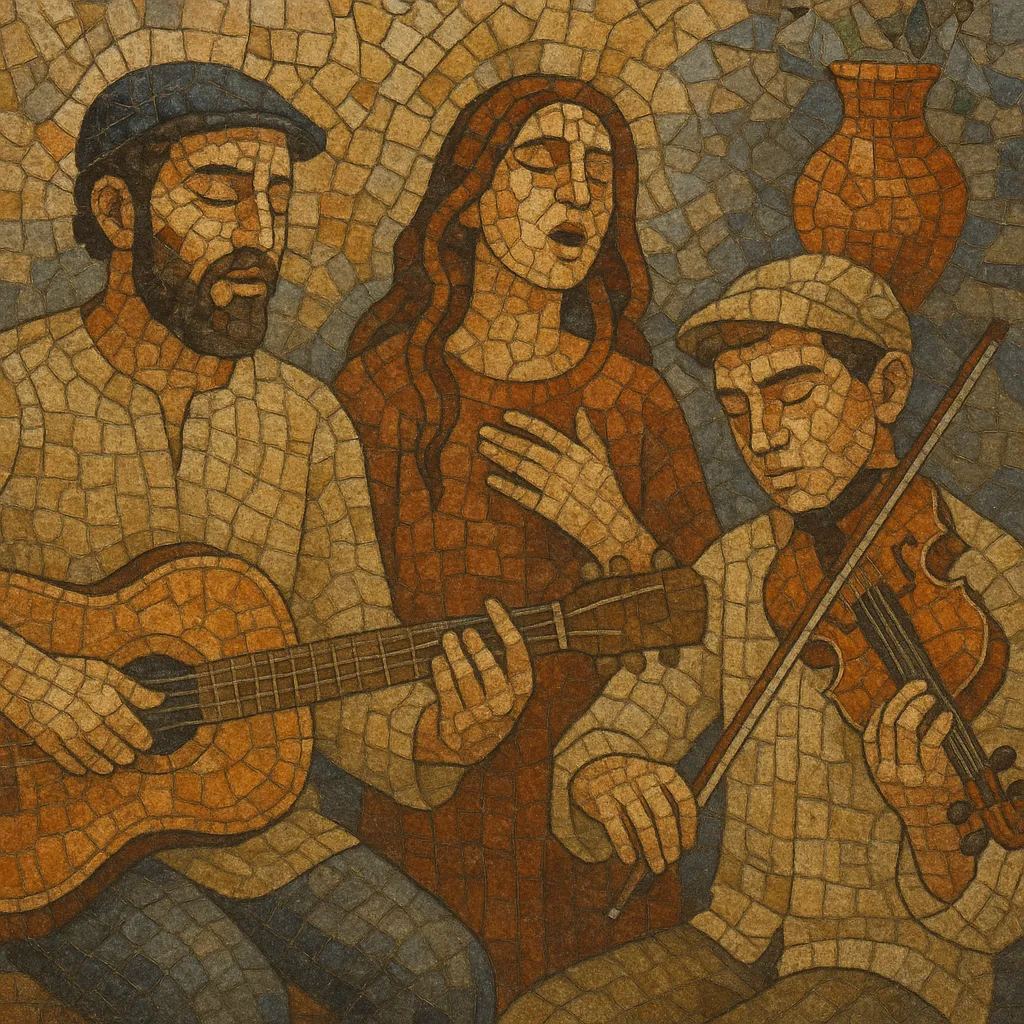Muzika yehudit mekorit ("original Jewish music") is a contemporary Israeli singer‑songwriter and pop/rock stream that centers Hebrew lyrics drawn from Jewish sources, faith, and lived spiritual experience.
Stylistically, it blends accessible pop and folk songcraft with Middle Eastern (Mizrahi) melodic inflections and echoes of Ashkenazi cantorial and piyut traditions. Acoustic guitars, piano, strings, and occasionally oud and Middle Eastern percussion support sing‑along choruses and devotional refrains.
Unlike strictly liturgical or Hasidic pop, this scene is rooted in the personal voice of the artist: introspective texts, modern arrangements, and a concert culture that moves between mainstream venues and community gatherings. The result is a bridge between Israel’s popular music and its diverse Jewish musical heritage.
The conceptual roots trace to the singer‑songwriter wave in Israel and the global influence of Shlomo Carlebach’s repertoire, which normalized devotional Hebrew songwriting beyond the synagogue. Late‑1990s artists began setting biblical verses and piyutim to contemporary folk and soft‑rock arrangements, often in intimate, acoustic formats.
In the 2000s, a distinct scene coalesced around religious and traditionalist Israeli audiences seeking contemporary, non‑liturgical music steeped in Jewish text and spirit. The term “muzika yehudit mekorit” gained currency to distinguish these original Hebrew works from both mainstream secular pop and formulaic Hasidic pop. Artists fused pop/rock with Mizrahi modes, Ashkenazi cantorial phrasing, and the revived piyut movement.
During the 2010s, the genre moved from niche circuits into the Israeli mainstream. Radio hits, festival bookings, and major‑label releases expanded the audience. Songwriters refined a sound that kept devotional and textual depth while adopting polished pop production, crafting memorable choruses and radio‑friendly forms.
Today, the scene is stylistically diverse—ranging from acoustic folk and chamber‑pop to rock and subtle electronic touches—while remaining lyrically anchored in Tanakh, liturgy, and contemporary spiritual life. Collaborations across pop, Mizrahi, and indie circles reflect a broad acceptance of faith‑inflected Hebrew songwriting in Israel’s musical landscape.


